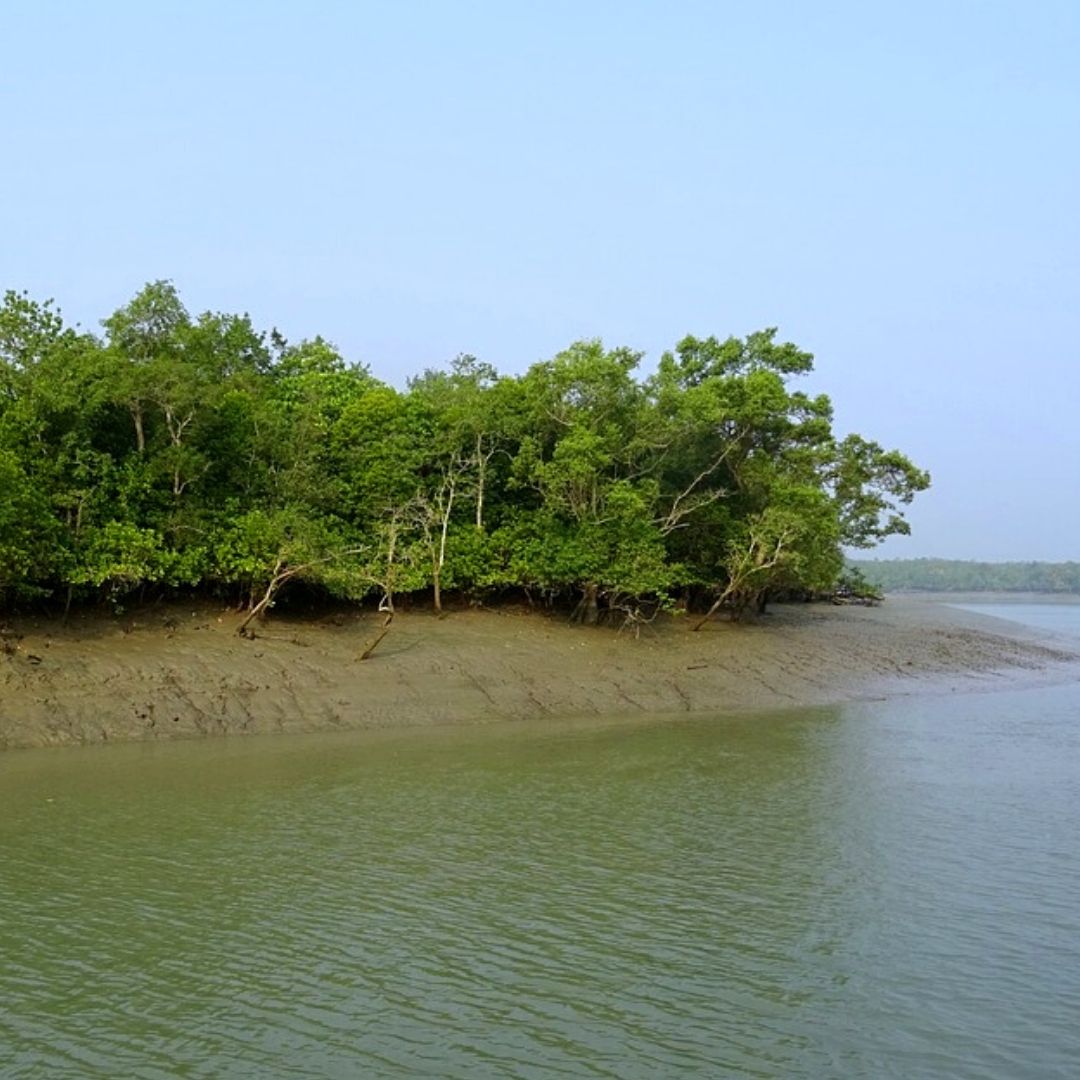
Credits: Maxpixel
Rise In CO2 Levels In Air Is Wounding Sundarbans' Marine Life: Scientists
Writer: Devyani Madaik
A media enthusiast, Devyani believes in learning on the job and there is nothing off limits when it comes to work. Writing is her passion and she is always ready for a debate as well.
West Bengal, 27 Nov 2021 9:07 AM GMT | Updated 27 Nov 2021 9:09 AM GMT
Editor : Palak Agrawal |
Palak a journalism graduate believes in simplifying the complicated and writing about the extraordinary lives of ordinary people. She calls herself a " hodophile" or in layman words- a person who loves to travel.
Creatives : Devyani Madaik
A media enthusiast, Devyani believes in learning on the job and there is nothing off limits when it comes to work. Writing is her passion and she is always ready for a debate as well.
This has been analysed by a team of marine scientists working in the Sunderbans, who said ocean acidification is a part of global warming and climate change. The experts found the pH level of water dropping from around 8.3 in the early 1980s to approximately 7.9 in 2019.
A continuous increase in the carbon dioxide (CO2) levels in the air is harming the marine life of the Sunderbans estuary in West Bengal by turning it acidic. Animals, especially with shells such as oysters, clams, crabs, and lobsters, are prone to danger.
This has been analysed by a team of marine scientists working in the Sunderbans, who said ocean acidification is a part of global warming and climate change, Hindustan Times reported. The experts found the pH level of water dropping from around 8.3 in the early 1980s to approximately 7.9 in 2019.
Speaking to the media, Abhijit Mitra, former head of the marine science department (Calcutta University), informed that the western part of Sunderban, close to the urban area, had observed a massive drop in its pH level, while the central part is declining slowly.
Mitra said the decline affects the population of shelled organisms and their shell size as well, which has become thinner and smaller. Fishermen said that several fish and other animals have gotten smaller, and they hardly get big ones.
Their population has also fallen by 35-40 per cent in the western area.
"The size of Saccostrea cucullata, a species of edible oyster around Kakdwip and Namkhana fishing harbour, has dropped by over 40 per cent. In the central Sunderbans, the size of the species has dropped by around 20 percent," the media quoted him as saying.
Asst. Professor of Indian Institute of Science Education and Research, Punyasloke Bhadury, explained that water contains calcium and carbonate ions, which the shelled animals need to develop and corals to build the reef. But the acidity reduces these components in the water, affecting the shell size and slowing down the growth of reefs.
Experts said the decline in the pH level is alarming. Just as the slightest drop in the pH level of a human body (pH 7.35 to 7.45) can make them sick, the same takes a heavy toll on marine animals.
The scientists said the decline is not just in Sunderbans but other estuaries as well.
Also Read: Rajasthan Bride Asks Father To Build Girls Hostel With Money Set Aside For Marriage
 All section
All section














